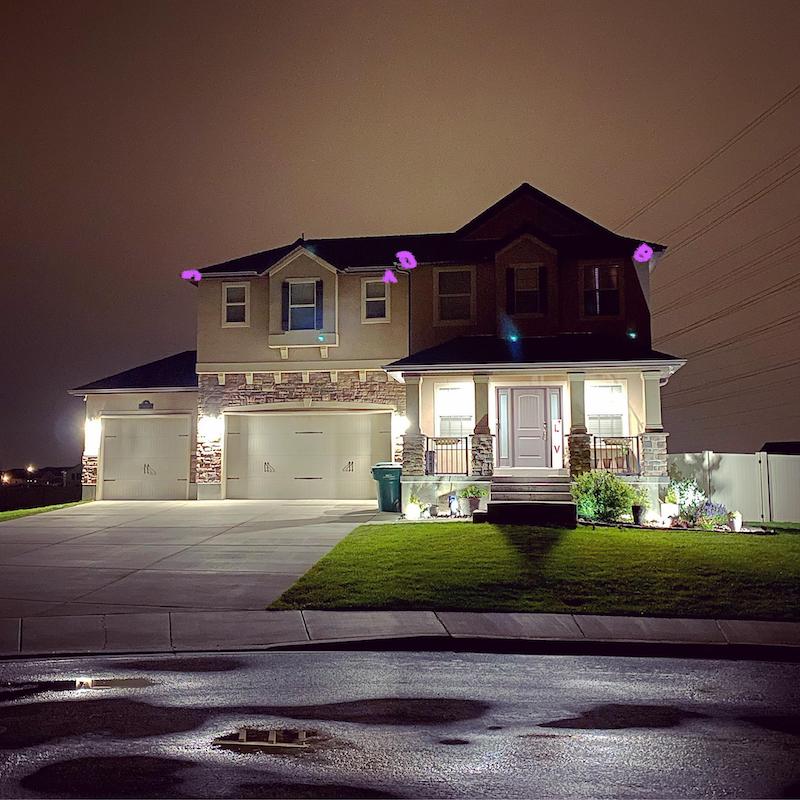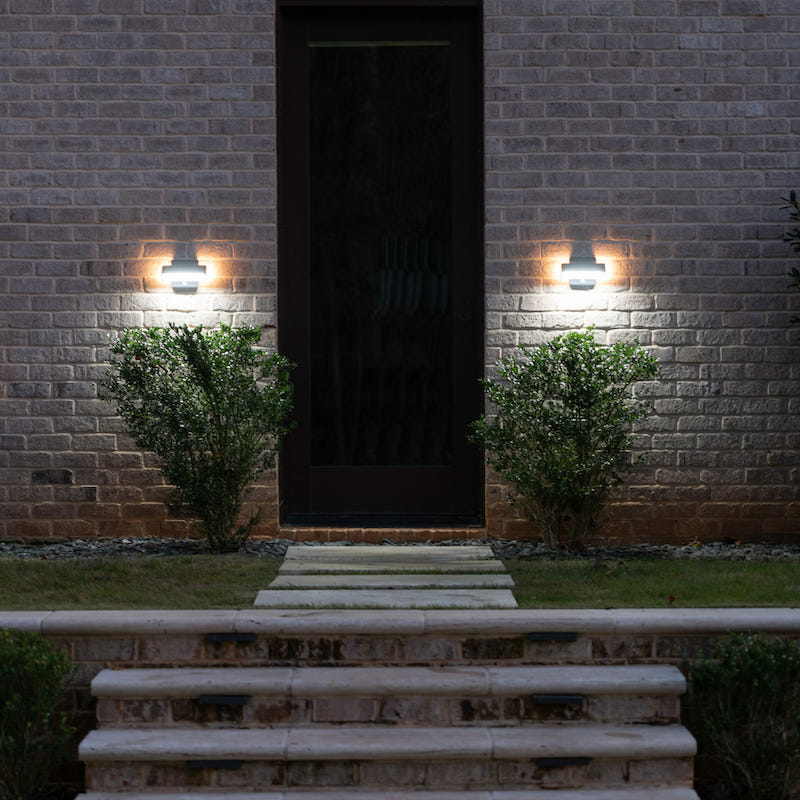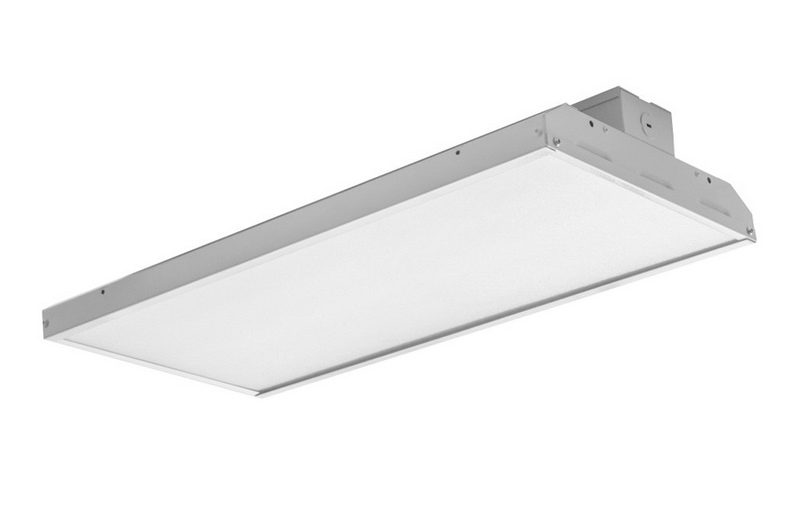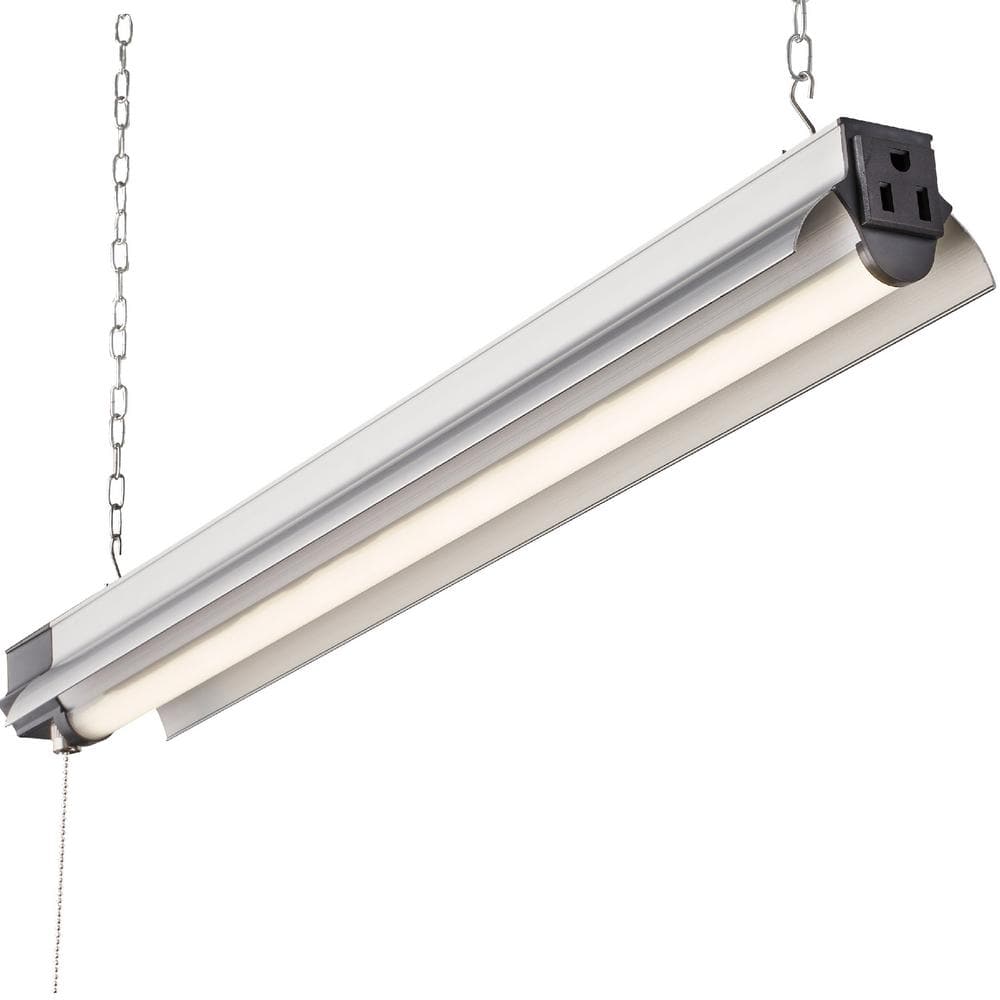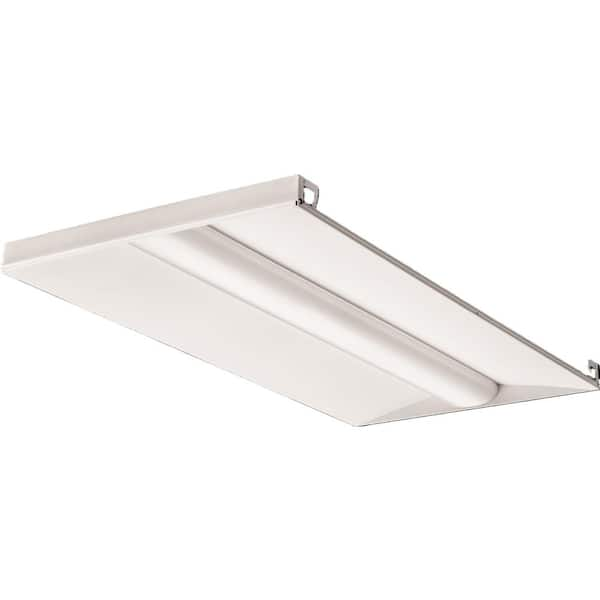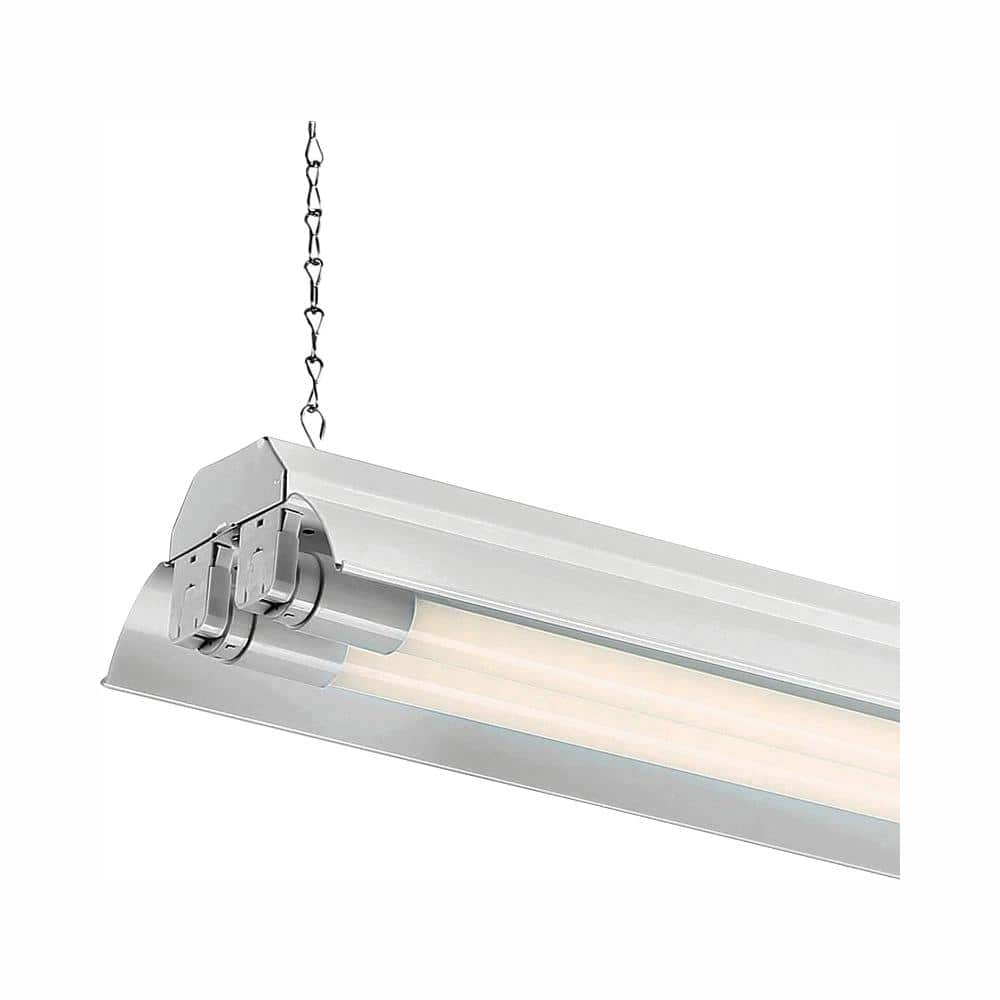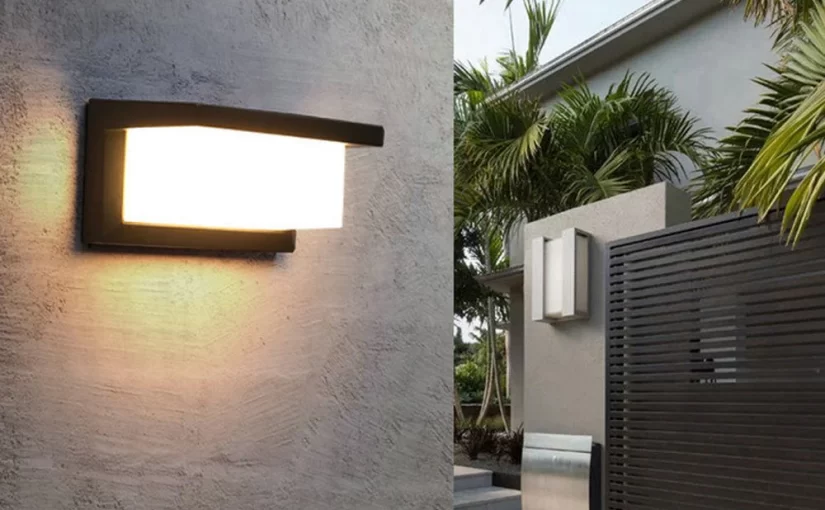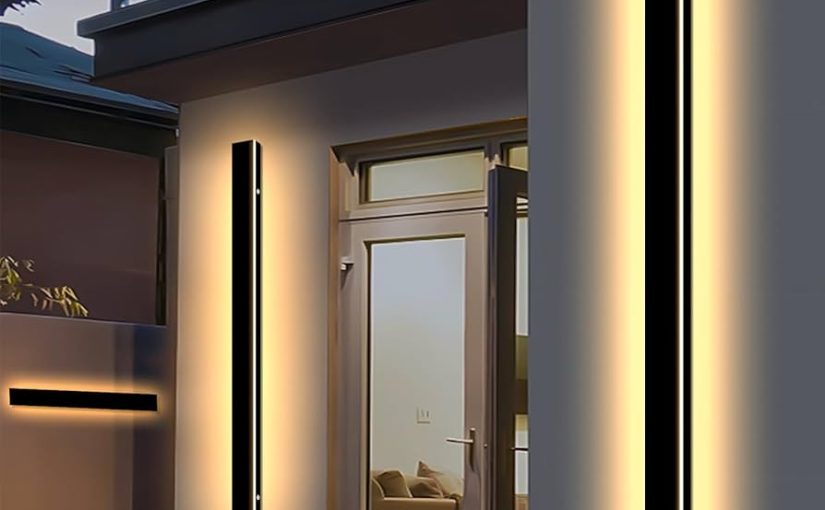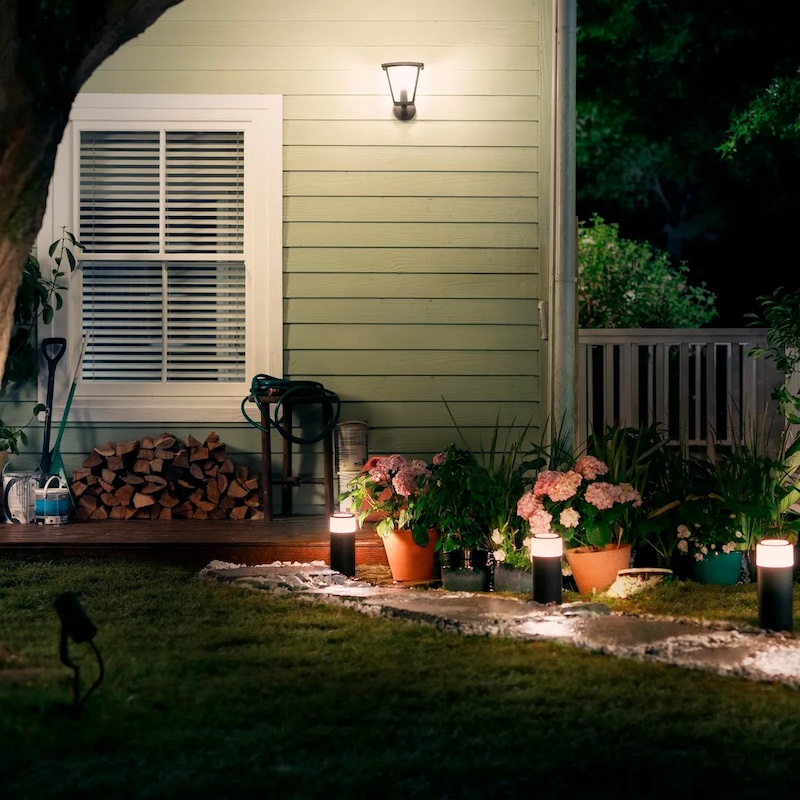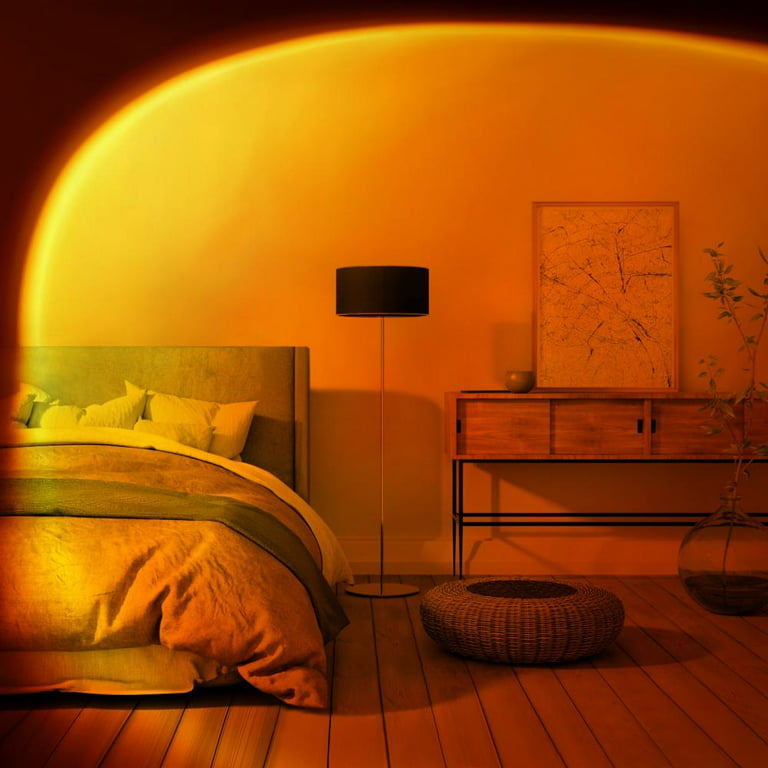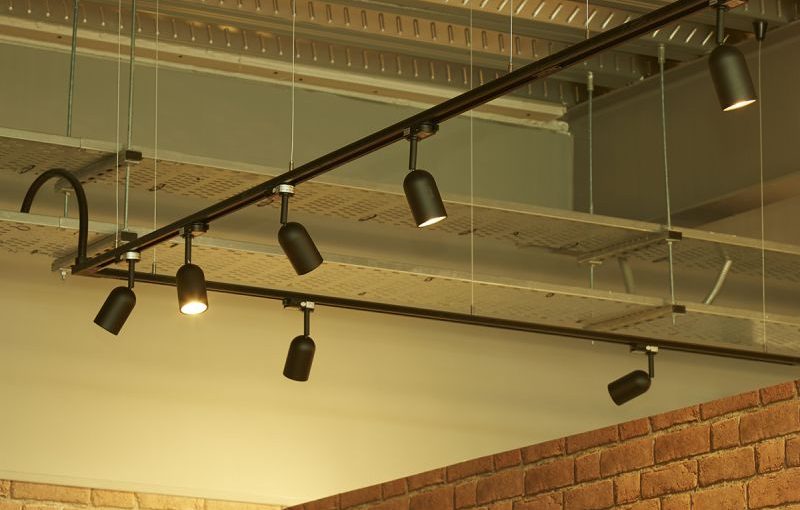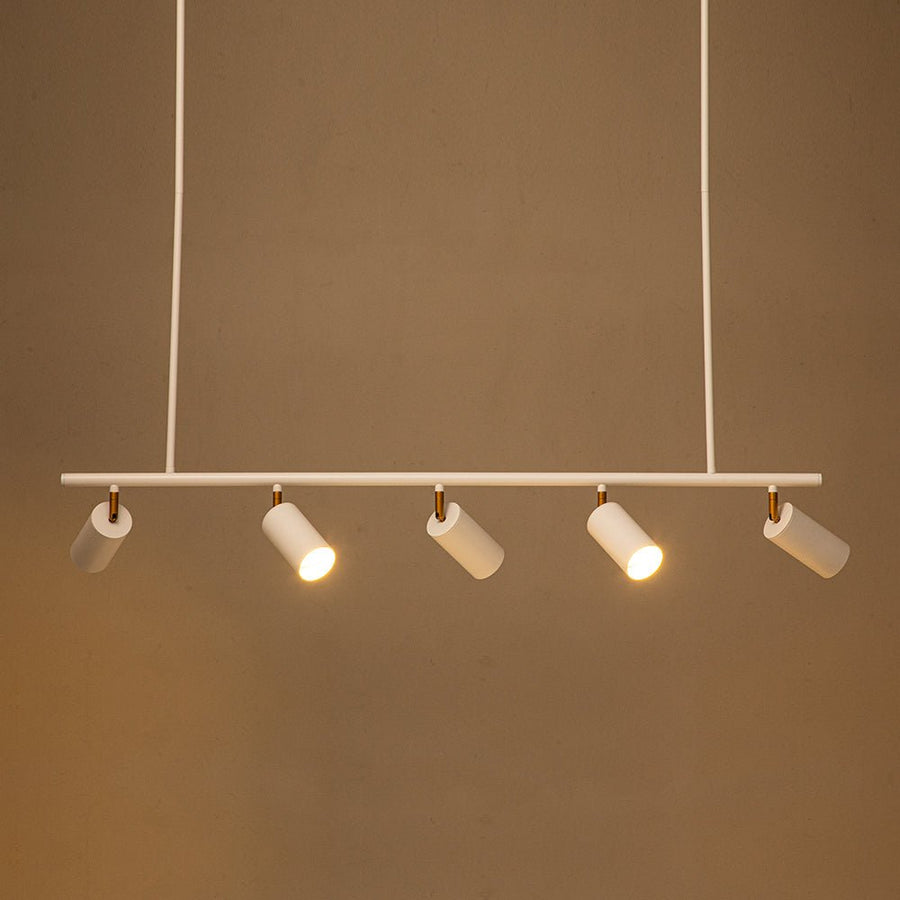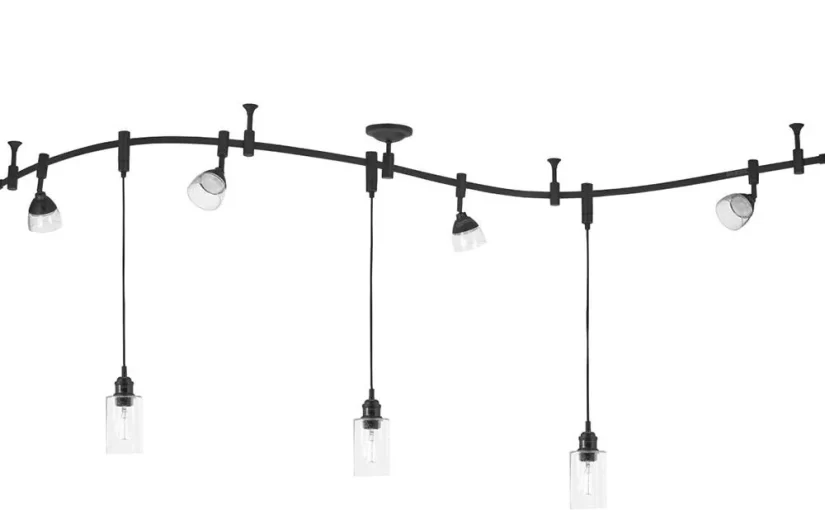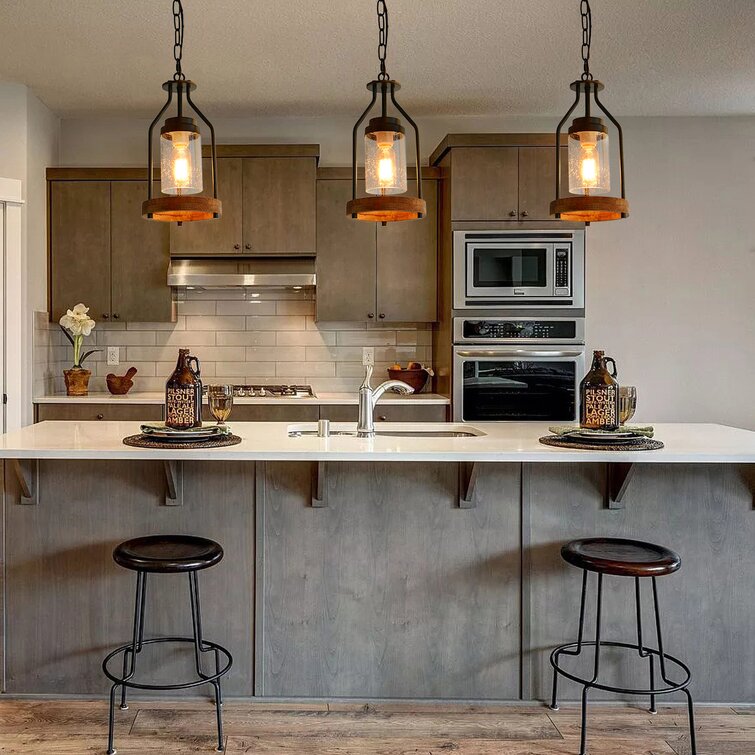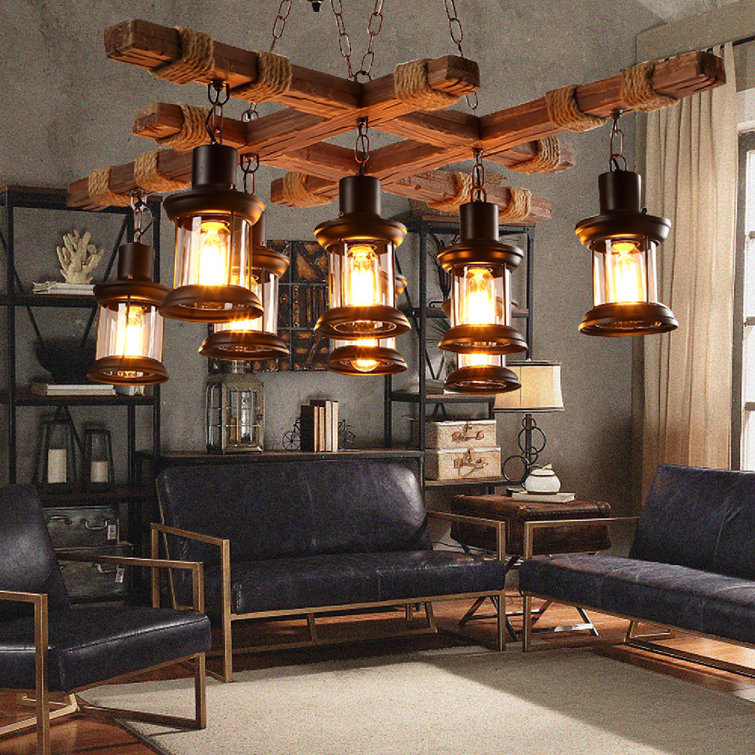Introduction
Outdoor accent lighting has the power to transform ordinary exteriors into extraordinary and captivating spaces. Through careful and strategic placement, these lighting elements can accentuate architectural features, highlight landscapes, and create an inviting ambiance. The art of outdoor accent lighting goes beyond mere illumination; it is about crafting an unforgettable outdoor experience.
By exploring various lighting types, selecting the right fixtures, and strategically placing them, you can orchestrate a breathtaking outdoor environment that is both functional and visually captivating. With the addition of smart technology, maintenance practices, and energy-efficient solutions, you can ensure that your outdoor lighting remains a source of beauty and enjoyment for years to come. Unleash the full potential of your outdoor space with the transformative power of outdoor accent lighting.
In this comprehensive guide, we will explore the art of outdoor accent lighting, shedding light on its techniques, applications, and the stunning visual impact it brings to the great outdoors.
Part 1: Understanding Outdoor Accent Lighting
Level 1: Purpose and Function
Outdoor accent lighting serves the dual purpose of enhancing the aesthetic appeal of outdoor spaces while offering essential illumination for safety and security. By strategically illuminating specific elements, such as trees, pathways, or architectural details, accent lighting adds depth, dimension, and visual interest to an outdoor setting.
Level 2: Aesthetics and Atmosphere
In addition to practical considerations, the aesthetic value of outdoor lighting cannot be overstated. Thoughtfully designed lighting schemes can evoke desired moods and atmospheres, creating a warm, welcoming ambiance for outdoor gatherings, or imbuing gardens and landscapes with a sense of enchantment and drama.
Part 2: Types of Outdoor Accent Lighting
Level 1: Uplighting
Uplighting involves positioning fixtures at ground level to cast light upward, creating a dramatic effect that accentuates the height and texture of architectural elements, trees, or focal points in the landscape.
Level 2: Downlighting
In contrast, downlighting fixtures are typically installed on elevated surfaces such as trees, architectural ledges, or pergolas. These fixtures project light downwards, providing gentle illumination while casting captivating shadows, and creating a tranquil, moonlit effect.
Part 3: Essential Techniques for Outdoor Accent Lighting
Level 1: Layering Light
The concept of layering light involves combining different types and intensities of lighting to achieve a balanced and harmonious outdoor ambience. By blending ambient, task, and accent lighting, outdoor spaces can be artfully illuminated, creating a dynamic interplay of brightness and shadow.
Level 2: Focal Points and Pathway Illumination
Strategic accent lighting can draw attention to focal points, such as water features, sculptures, or architectural facades, allowing these elements to shine as captivating centerpieces of the outdoor environment. Additionally, pathway illumination serves a dual purpose, guiding movement while adding visual interest to the landscaping.
Part 4: Landscape Lighting Design Principles
Level 1: Balance and Symmetry
Achieving visual balance and symmetry through outdoor accent lighting ensures that the illumination is distributed evenly, creating a cohesive and visually appealing outdoor environment. Careful positioning of fixtures and light intensities contributes to an aesthetically pleasing outcome.
Level 2: Silhouetting and Shadowing
Silhouetting, the artistic application of backlighting against a prominent object, creates striking and impactful silhouettes, while shadowing can create captivating patterns and textures by strategically positioning light sources to cast shadows against vertical surfaces, such as walls or fences.
Part 5: Lighting Control and Technology
Level 1: Smart Lighting Systems
The integration of smart lighting systems with outdoor accent lighting allows for convenient control and customization. Through programmable schedules and remote access, users can adjust lighting levels, colors, and effects to suit different occasions, moods, or seasons.
Level 2: Energy Efficiency and Sustainability
Advancements in LED technology have significantly enhanced the energy efficiency and longevity of outdoor lighting fixtures. By utilizing low-voltage, long-lasting LED bulbs and fixtures, outdoor accent lighting can be both cost-effective and environmentally sustainable, reducing energy consumption while elevating outdoor aesthetics.
Part 6: Maintenance and Upkeep
Level 1: Regular Inspections and Testing
Regular inspections and testing of your outdoor accent lighting fixtures are vital in ensuring they function optimally. This includes checking for any signs of wear, damage, or electrical issues.
Level 2: Cleaning and Preservation
Proper maintenance involves regularly cleaning and preserving your outdoor lighting fixtures. By keeping them free of dirt, debris, and corrosion, you can extend their lifespan and sustain their optimal performance.
Part 7: Adding Dimension with Uplighting and Downlighting
Level 1: Uplighting
Uplighting involves positioning lights at ground level to illuminate upward, emphasizing architectural elements, trees, and foliage within your outdoor space. This technique adds depth and drama to your landscape, creating a captivating effect after dark.
Level 2: Downlighting
Downlighting, on the other hand, casts light downward from elevated positions, such as trees, eaves, or pergolas. This technique provides a soft and subtle illumination, ideal for creating an intimate and cozy ambiance in outdoor seating areas.
Part 8: Customizing with Colored Lighting
Level 1: Creating Visual Impact
Incorporating colored lighting into your outdoor lighting scheme allows you to customize the ambiance and create visual interest. Whether it’s a spectrum of vibrant hues or soft, muted tones, colored lighting adds a unique and personalized touch to your outdoor environment.
Level 2: Themed and Seasonal Lighting
Colored lighting provides an opportunity to celebrate special occasions and holidays, allowing you to embrace a festive and themed approach to your outdoor decor. With the ability to change colors, you can easily adapt your outdoor lighting to reflect the changing seasons and upcoming events.
Part 9: Energy-Efficient Lighting Solutions
Level 1: LED Lighting
LED (Light Emitting Diode) lighting offers an energy-efficient and environmentally friendly option for outdoor accent lighting. Not only do LED lights consume less energy, but they also have a longer lifespan, reducing the frequency of bulb replacements and lowering maintenance costs.
Level 2: Solar-Powered Fixtures
Solar-powered outdoor accent lighting fixtures are an excellent choice for those looking to reduce their environmental impact. These fixtures harness energy from the sun, charging during the day and illuminating your outdoor space at night, all without increasing your energy bills.
Part 10: Seeking Professional Assistance
Level 1: Consulting with Lighting Designers
For those looking to achieve a truly exceptional outdoor lighting design, consulting with professional lighting designers can be immensely beneficial. Lighting designers possess the expertise to create customized lighting plans tailored to your outdoor space, taking into account factors such as architectural features, landscape layout, and specific aesthetic preferences.
Level 2: Installation and Maintenance Services
Professional lighting design firms often offer installation and maintenance services, providing a seamless and expertly executed implementation of your outdoor accent lighting design. Their expertise ensures that fixtures are installed correctly and integrated with efficiency and proficiency, offering peace of mind and long-term support for your outdoor lighting investment.
Conclusion
Outdoor accent lighting represents the artful fusion of aesthetics, functionality, and technological innovation, enriching outdoor spaces with ambiance, visual drama, and practical illumination. By leveraging the principles of design, the versatility of lighting techniques, and the advancements in lighting technology, outdoor lighting has the power to transform landscapes, structures, and outdoor living spaces. Embrace the art of outdoor accent lighting, as it continues to illuminate and elevate outdoor environments. Creating enchanting and inviting spaces that captivate the senses and enrich the outdoor experience.
Outdoor accent lighting serves as a transformative element that enriches the aesthetics, functionality, and safety of your outdoor space. Understanding the different types of outdoor lighting, selecting appropriate fixtures, strategic placement. And incorporating lighting control and automation, practicing consistent maintenance, you can achieve a captivating outdoor environment that is sure to impress and provide enjoyment for years to come. Embrace the power of outdoor accent lighting to illuminate your outdoor space and elevate your outdoor lifestyle.


